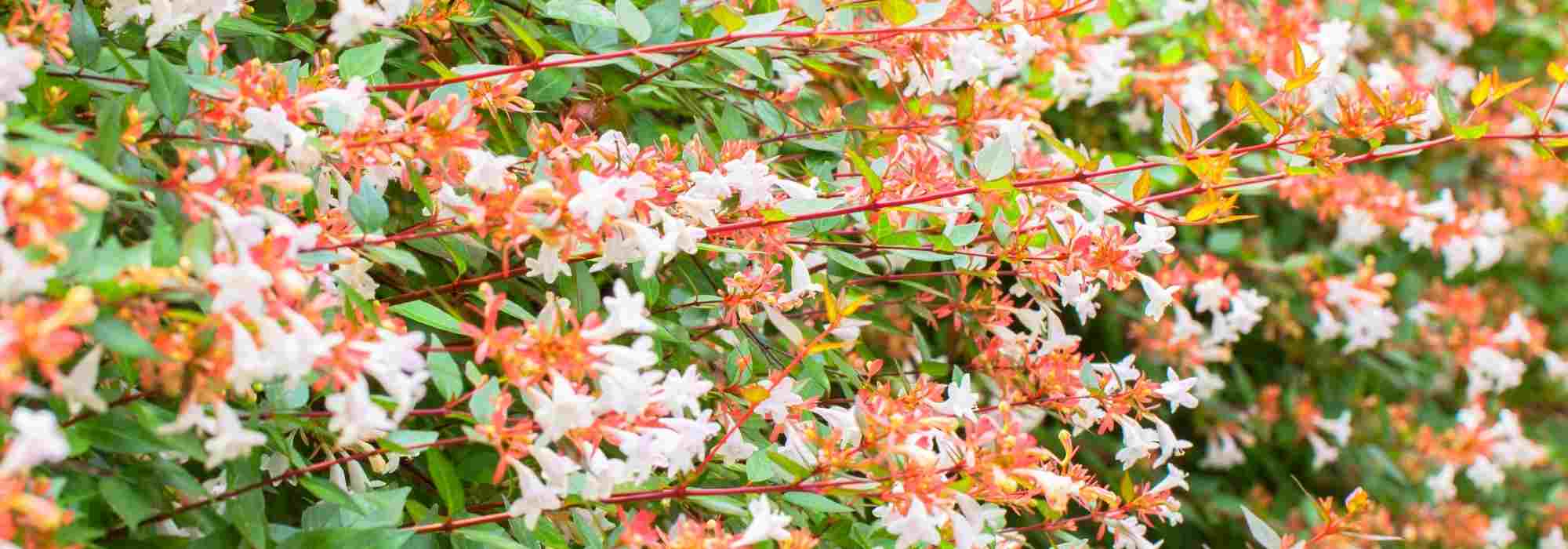
Calcareous soil: which bushes to choose?
Our tips for planting suitable plants
Contents
Having calcareous soil may seem limiting when it comes to choosing bushes and can be a little intimidating for some gardeners. In fact, advantages soon outweigh disadvantages if you plant the right plants there — and there are plenty! You need species and varieties of bushes known as calcicolous, meaning tolerant of calcareous soil and forget those called calcifuges… which cannot tolerate it.
Calcareous soil is generally well-drained and warms up quickly, which allows you to acclimatise bushes that normally grow further south. Among calcicolous bushes, the winners will also be those suited to sun exposure, to your garden project, and to your preferences and tastes. You wouldn’t choose the same plant if you want to create a hedge, to cover a bank or slope, or if you dream of flowers that transport you to far-off lands! Everyone has their own guilty pleasure…
Bushes for calcareous soil, by garden use
To add flowers to garden and terrace
There are some bushes with tireless flowering and, the icing on the cake, that tolerate calcareous soil.
Anisodontea capensis El Rayo is one of these champions, capable of flowering from April to November and sometimes even longer! Native to South Africa, its cold tolerance beyond -10°C is limited but it acclimatises in towns, in sheltered gardens and can be grown in a pot. Buddleja davidii, or Butterfly bush offers through summer a charming aerial display of pollinators and is available in many colours. Coronilla is also generous. It forms a small bush bearing masses of yellow flowers from April to July, then again in September–October. Don’t forget the Lavateras, with their large flowers from July to October, resembling hibiscus or hollyhocks. Perovskia complement summer borders well with their airy blue flowers from June to September. Finally, shrubby sages are essential with their endless flowering from April to November, available in a wide range of colours.
To add an original touch to garden
Some bushes make a strong impression with their extraordinary character and adapt to calcareous soil. Plant, for example, a Clerodendrum trichotomum, the glorybower or ‘tree of luck’, and you will attract many questions from intrigued visitors. Its very fragrant, exotic-looking flowers are white with a purplish calyx in August–September. In October, its clusters of turquoise to black fruits, encased in a glossy red calyx, are of surreal beauty! Heptacodium, or Seven Sons of Zhejiang, forms a handsome bush or a small, very graphic tree. Its branches have a beautiful light‑brown bark that peels away in strips. Its fragrant, melliferous white flowering in August–September remains decorative until October thanks to the red calyces that persist after flowering.
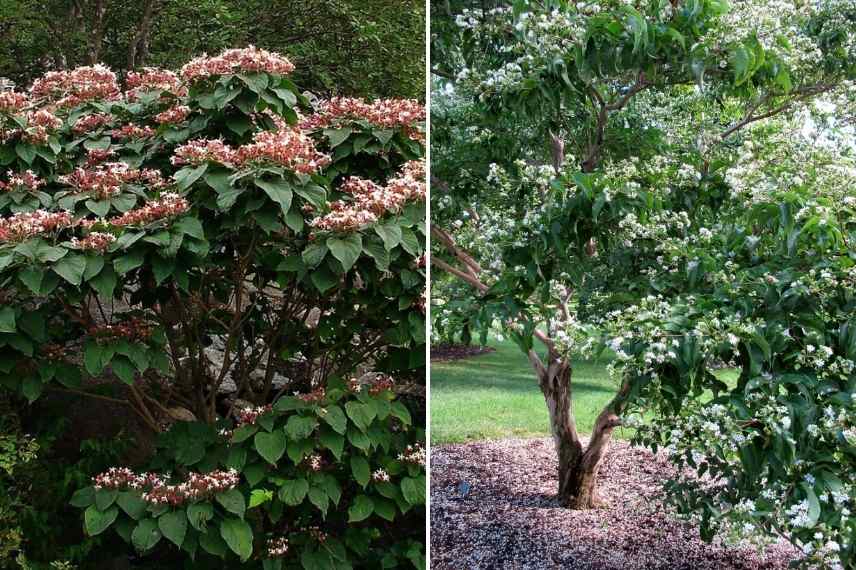
Clerodendrum (or Clerodendrum), and Heptacodium
To create a hedge
Whether you want a mixed hedge or a single‑species planting, all the following bushes are suitable for hedging and tolerate calcareous soil. Most varieties of Abelia retain foliage in winter and offer a scented summer flowering. Coloured‑wood dogwoods are attractive in winter with their red or yellow branches and are very hardy. Kolkwitzia, the Pink Cloud beauty‑bush, bears superb trailing clusters of pink flowers in May–June. You will also appreciate its bark, which flakes off in strips with age. Lilac ‘Josée’, compact and small‑leaved, is covered in very fragrant pale‑pink flowers in April–May, then again in September–October. Laurustinus is one of the few bushes to flower in winter and, moreover, its foliage is evergreen!
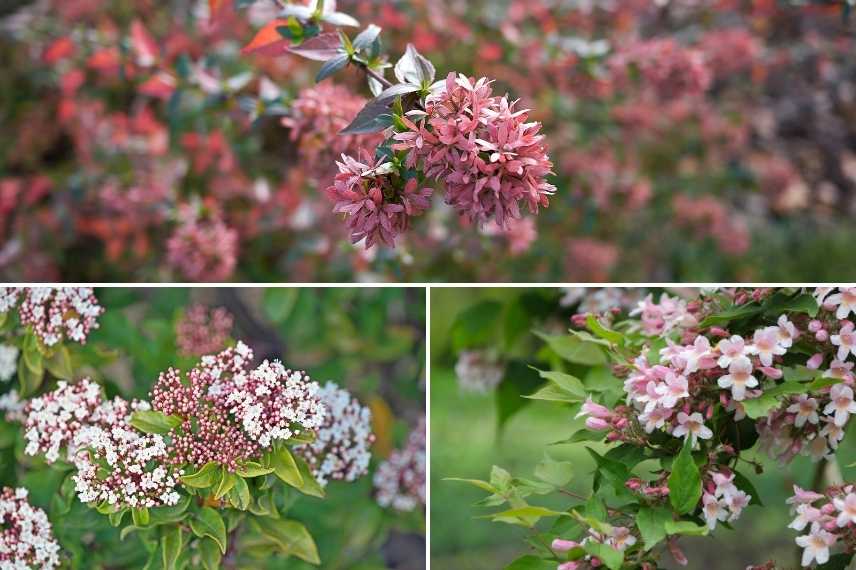
Abelia, Viburnum tinus and Kolkwitzia
To plant a slope
To plant a slope on calcareous soil, choose compact plants or calcicolous groundcover. Ceanothus prostratus is one of the very few evergreen groundcovers with blue flowers. It is covered in flowers between April and June and is hardy to about -10°C. Trailing cotoneasters such as Coral Beauty are easy to grow and effective for dressing slopes. Their red fruits in autumn–winter are attractive both to the eye and to birds. Lonicera pileata or Maigrün also provide an evergreen cover, are hardy and easy to establish. For large slopes, a useful trick is to use a climbing plant as a groundcover bush, such as Japanese honeysuckle ‘Hall’s Prolific’.
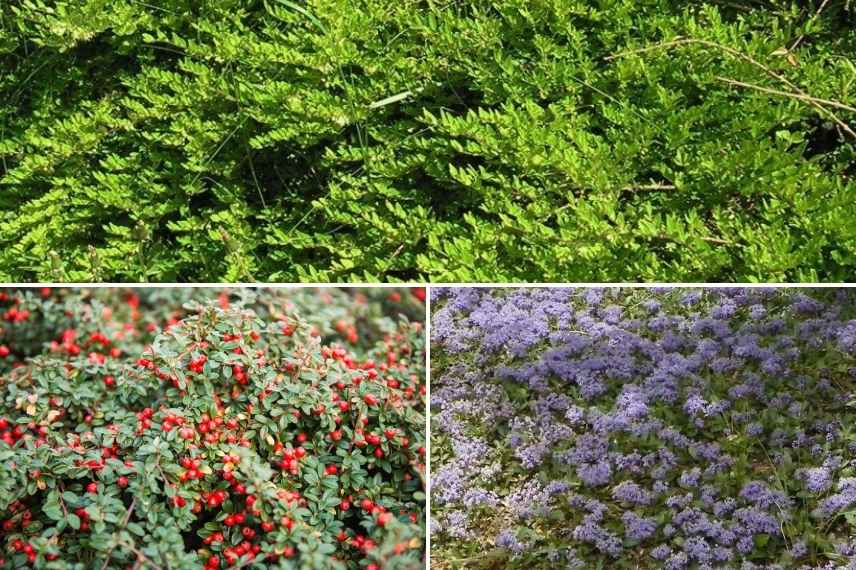
Lonicera pileata, Trailing cotoneaster, Ceanothus prostratus
Bushes for calcareous soil, by exposure and soil type
For shade
Nature offers a solution to plant every corner of the garden, even shaded, calcareous areas. Consider Euonymus, hardy, tolerant and easy. Some keep their leaves in winter, others take on lovely autumn colours. Mahonia is a safe bet. Robust and decorative year-round, its yellow flowering is attractive from early winter to early spring depending on variety. Holly is also a must-have, hardy, always attractive and often laden with berries in winter. Portuguese laurel ‘Angustifolia’ also keeps its leaves in winter and naturally assumes a compact conical habit. You can plant Symphorines even under trees! They will provide clusters of colourful berries from late summer to the frosts.
For dry soils
In dry, calcareous soil, think of Mediterranean plants — they are undemanding and durable in this type of soil. No need to ‘feed’ them heavily with fertiliser; on the contrary, they appreciate poor soils. The melliferous, late flowering of Caryopteris in late summer helps bring flowers to garden at a season when few plants are attractive. Cercis chinensis Avondale is a shrubby Judas tree with attractive pink flowering in March–April, even on the wood. Its pretty heart-shaped leaves turn golden in autumn. Choisya will charm with lemon-scented foliage, decorative year-round, and melliferous flowering with a scent of orange blossom. Sambucus Black Lace, hardy and undemanding, has unique foliage, finely cut and almost black! It is superb in beds and can be planted in mixed hedges.
For clay soils
In heavy, calcareous soil, often wet in winter, dry and hard in summer, choose robust, hardy plants. Acer negundo ‘Flamingo’ will be perfect to form a large bush with attractive tricolour foliage. It tolerates short pruning in autumn or winter if you want to keep it compact. Contorted hazel, green or purple, is a sculptural bush whose branches remain decorative in winter. Don’t forget forsythias either, which herald spring with yellow trumpets… Physocarpus is hardy and its coloured foliage is very useful in hedges and beds.
Discover other Shrubs for chalky soils
View all →Available in 0 sizes
Available in 1 sizes
Available in 1 sizes
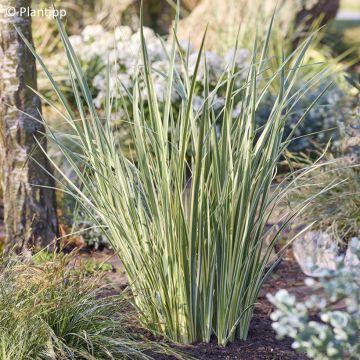
Available in 1 sizes
Available in 1 sizes
Available in 1 sizes
Available in 1 sizes
Available in 2 sizes
Available in 1 sizes
Available in 1 sizes
- Subscribe!
- Contents
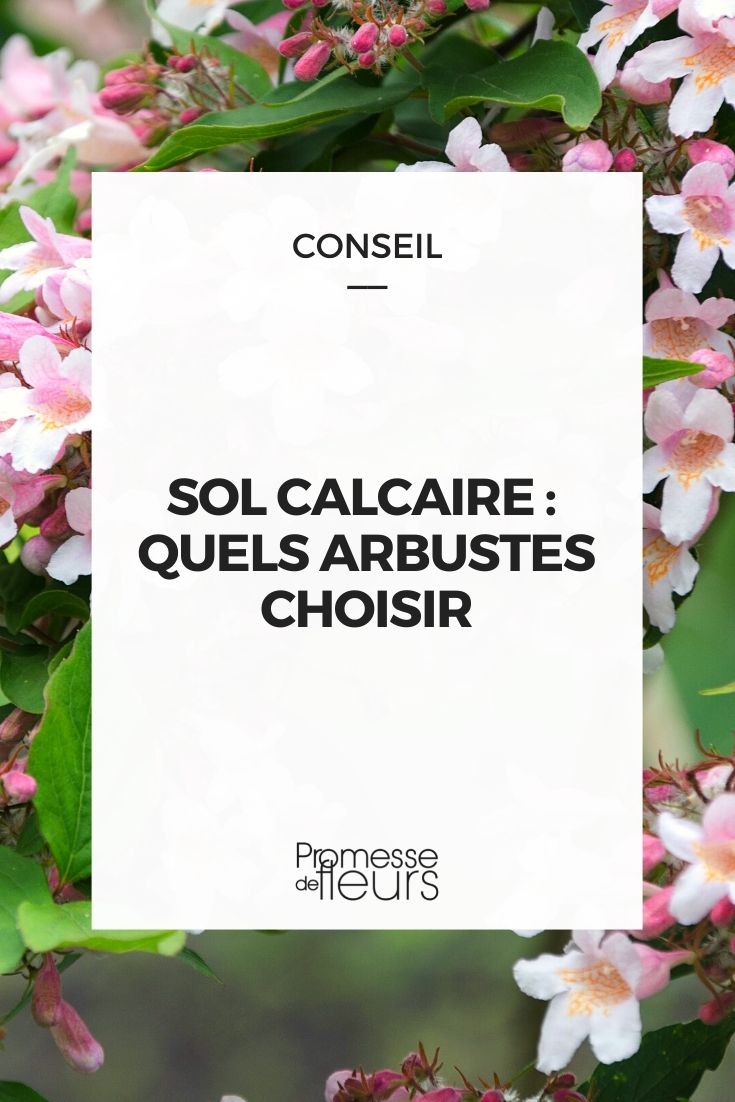































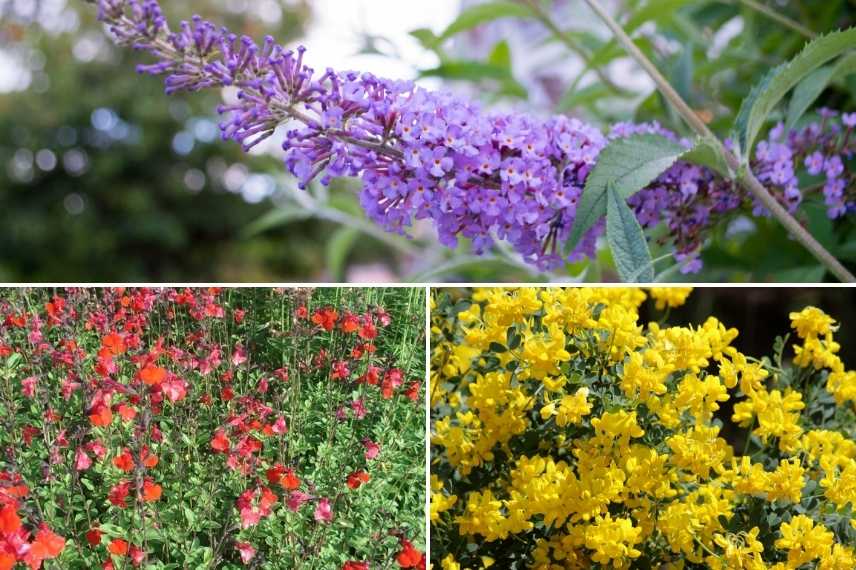
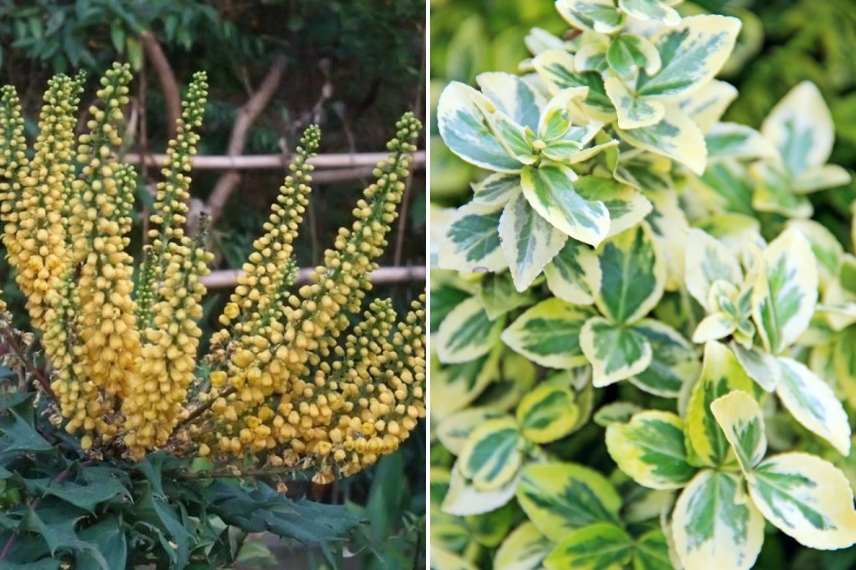
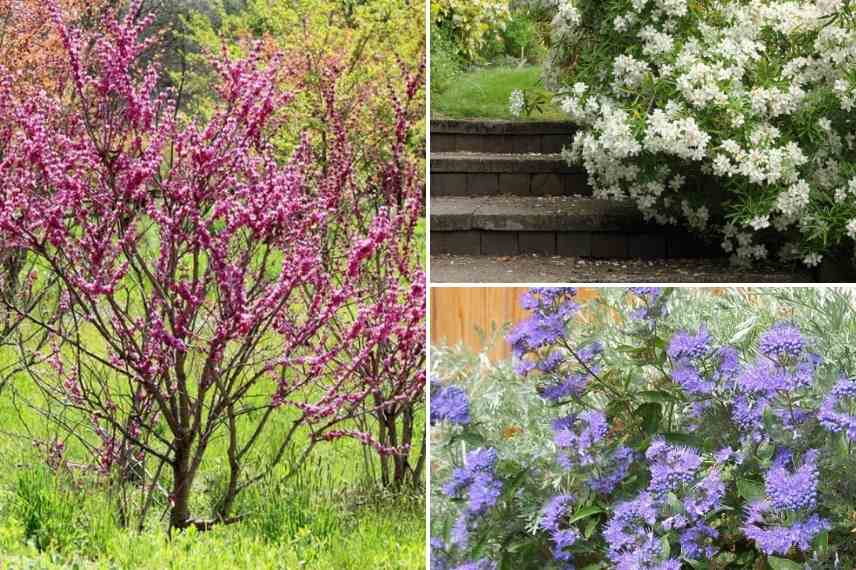
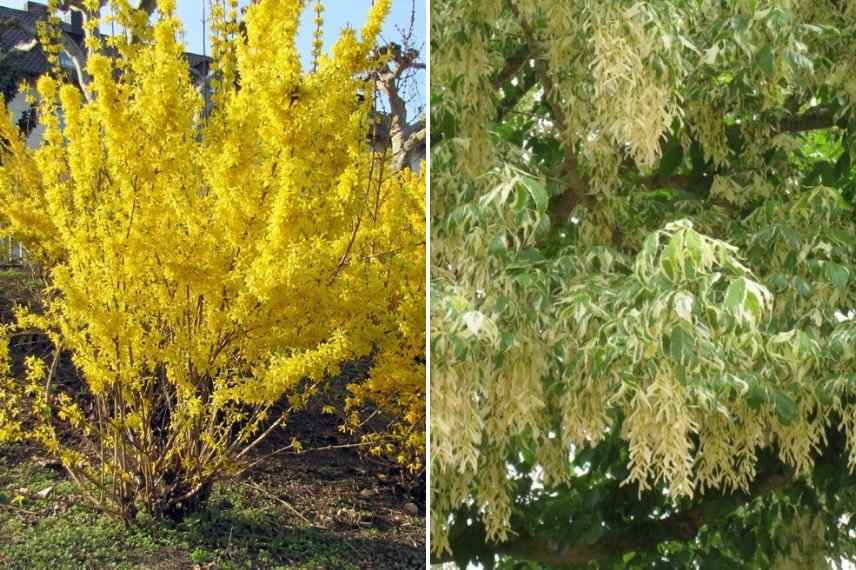


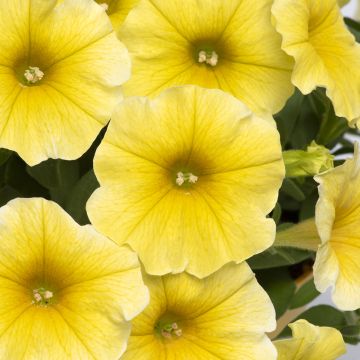
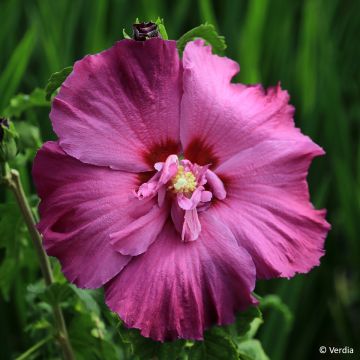
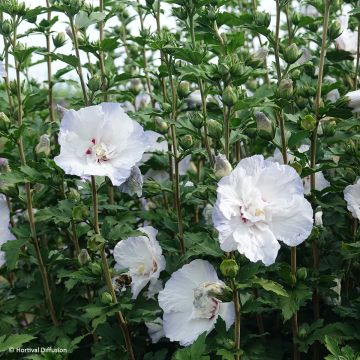


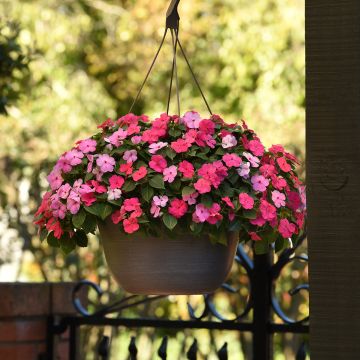
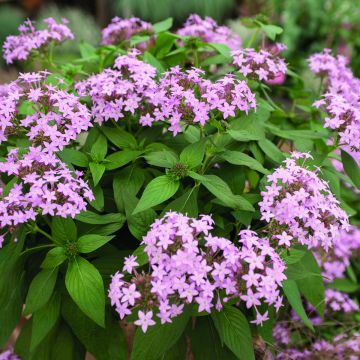
Comments